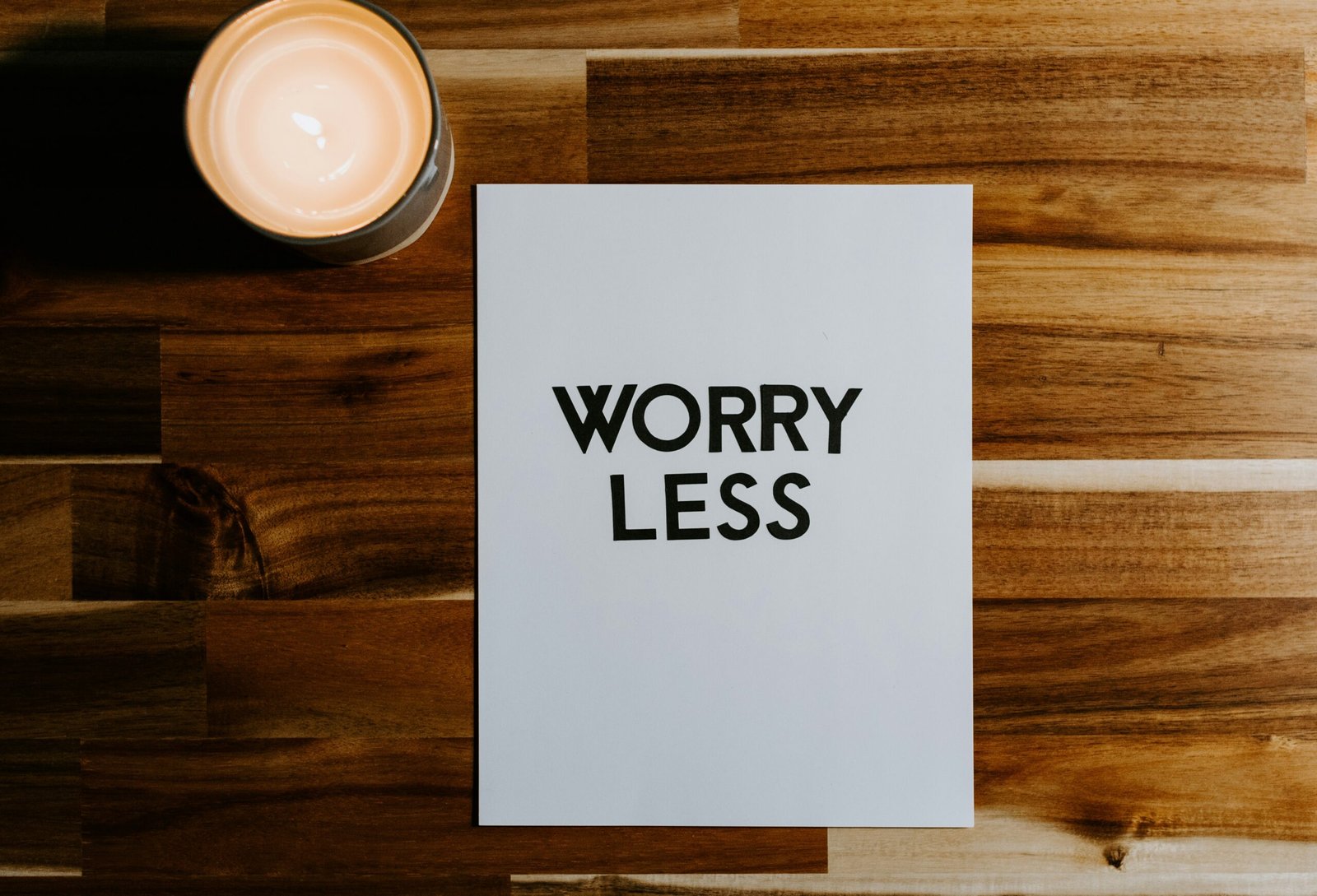Introduction to Behavioral Interviews
Behavioral interviews have become an increasingly popular method employed by companies to evaluate potential employees. Unlike traditional interviews that focus primarily on technical skills and qualifications, behavioral interviews delve deeper into understanding how candidates have handled specific situations in the past. The core principle behind this approach is the belief that past behavior serves as the best predictor of future performance.
During a behavioral interview, candidates are typically asked to provide detailed examples of how they have addressed challenges, managed responsibilities, and interacted with colleagues in previous roles. This method allows employers to gain insights into a candidate’s problem-solving abilities, leadership qualities, and interpersonal skills. By focusing on real-life scenarios, interviewers can better assess whether a candidate possesses the soft skills and competencies that align with the company’s values and mission.
The structure of behavioral interviews often includes questions that begin with phrases such as “Tell me about a time when…” or “Give me an example of…”. These prompts encourage candidates to share stories that highlight their experiences and accomplishments. The responses are then evaluated to determine how effectively the candidate navigated various situations and whether their approach aligns with the company’s expectations.
Behavioral interviews are particularly valuable in assessing a candidate’s cultural fit within an organization. By examining how individuals have demonstrated teamwork, adaptability, and resilience in the past, employers can gauge whether they will thrive in the company’s environment. This holistic assessment goes beyond mere technical proficiency, providing a comprehensive view of the candidate’s potential to contribute positively to the team and the organization as a whole.
In summary, behavioral interviews offer a robust framework for evaluating a candidate’s suitability for a role. By focusing on past behaviors and experiences, employers can make more informed hiring decisions, ensuring that new hires not only meet the technical requirements but also seamlessly integrate into the company’s culture.
Common Behavioral Interview Questions
Behavioral interview questions are designed to assess a candidate’s past behavior in various professional scenarios, as these behaviors often predict future performance. Understanding the common types of behavioral questions can help candidates prepare effectively. Here are several prevalent examples:
“Tell me about a time when you faced a difficult situation.” This question aims to evaluate how a candidate handles adversity and problem-solving. Interviewers look for specific examples where the candidate demonstrated resilience, critical thinking, and the ability to manage stress. The response should highlight the situation, the actions taken, and the outcome achieved.
“Give an example of a goal you achieved.” Interviewers ask this to understand a candidate’s goal-setting and achievement processes. They want to see evidence of ambition, planning, execution, and success. The candidate’s answer should detail the goal, the steps taken to achieve it, and the result, emphasizing any challenges overcome along the way.
“Describe a time when you worked as part of a team.” This question probes the candidate’s teamwork and collaboration skills. Employers are interested in how the candidate contributes to team dynamics, communicates with colleagues, and resolves conflicts. An effective response will describe the team project, the candidate’s role, and the collective success.
“Tell me about a time when you had to learn something new quickly.” This question assesses adaptability and a willingness to learn. Employers seek candidates who can swiftly acquire new skills and knowledge. The candidate should recount a specific instance, the learning process, and how the new knowledge or skill was applied successfully.
Behavioral questions help interviewers predict how a candidate might perform in the job role by examining past behaviors and outcomes. Comprehensive and thoughtful responses can showcase a candidate’s competencies and fit for the role, providing valuable insights beyond what a resume alone can offer.
The STAR Method: A Framework for Answering
The STAR method stands for Situation, Task, Action, Result, and serves as a structured framework to effectively respond to behavioral interview questions. This method allows candidates to present their experiences in a clear, concise, and organized manner, which is essential for making a strong impression in an interview.
Situation: The first component of the STAR method involves describing the context within which you performed a task or faced a challenge. This sets the stage for your answer, providing the interviewer with background information. For example, you might start by saying, “In my previous role as a project manager at XYZ Company, we had a situation where we were running behind schedule on a major project.”
Task: Next, you need to explain the specific task or responsibility you had in that situation. Clearly outline what was required of you, helping the interviewer understand your role. For instance, “My task was to identify the bottlenecks causing delays and to develop a plan to get the project back on track.”
Action: The action component is where you describe the steps you took to address the task. This is your opportunity to highlight your problem-solving skills and the actions you implemented. Continuing from the previous example, you might say, “I conducted a thorough analysis of the project timelines, held meetings with team members to understand their challenges, and reallocated resources to ensure critical tasks were prioritized.”
Result: Finally, you conclude with the result of your actions. This should be a positive outcome that demonstrates the impact of your efforts. Quantify the result if possible to provide concrete evidence of your success. For example, “As a result, we were able to complete the project two weeks ahead of the revised schedule, which saved the company $50,000 in potential penalties.”
By using the STAR method, you can craft responses that are not only concise but also compelling, showcasing your abilities and achievements effectively. Whether asked about handling conflict, demonstrating leadership, or overcoming obstacles, this framework ensures you provide thorough and impactful answers, leaving a lasting impression on your interviewers.
Identifying Relevant Experiences
When preparing for behavioral interview questions, it is crucial to identify and select relevant experiences from your past that effectively demonstrate your competencies and qualifications. Start by thoroughly reviewing the job description to understand the key skills and qualities the employer is seeking. This will help you pinpoint experiences that align with these requirements.
Reflect on a broad range of experiences, including past jobs, volunteer work, academic projects, and extracurricular activities. Each of these areas can provide valuable examples of your capabilities. For instance, a complex team project during your academic studies may highlight your collaboration and problem-solving skills, while volunteer work could showcase your dedication and ability to manage responsibilities effectively.
To systematically identify relevant experiences, consider using the STAR method (Situation, Task, Action, Result). This approach helps you structure your thoughts and ensures you cover all critical aspects of each experience. Start by describing the situation you were in, the task you needed to accomplish, the actions you took, and the results you achieved. This method not only provides a clear and concise narrative but also emphasizes your specific contributions and the impact of your actions.
Choose examples that best illustrate the skills and attributes the employer values. For instance, if the job description highlights leadership, select instances where you led a team or took initiative. If problem-solving is emphasized, describe a challenging situation where you developed and implemented an effective solution. Tailoring your experiences to match the employer’s needs demonstrates that you have the necessary qualifications and are a strong fit for the role.
Additionally, it is beneficial to have a variety of examples at your disposal. This allows you to adapt your responses based on the specific questions asked during the interview. Diverse experiences also provide a more comprehensive view of your abilities, making you a more attractive candidate.
By carefully reflecting on your past and thoughtfully selecting relevant experiences, you can effectively prepare for behavioral interview questions and present yourself as a well-rounded and competent candidate.
Practicing for the Interview
Effective preparation is key to excelling in behavioral interviews. One of the most beneficial strategies is to engage in mock interviews with friends, mentors, or colleagues. These practice sessions can help simulate the actual interview environment, providing real-time feedback and insights into your performance. By repeatedly answering behavioral interview questions in a mock setting, you can improve your ability to deliver structured and coherent responses.
Recording your practice sessions is another valuable technique. Whether through video or audio recordings, reviewing your answers allows you to identify areas where you can improve. Pay particular attention to your body language, tone of voice, and the clarity of your responses. This self-assessment can be instrumental in fine-tuning your approach and ensuring that you present yourself confidently and competently during the actual interview.
Additionally, leveraging online resources and apps designed for interview practice can provide a wide range of questions and scenarios to work with. Many platforms offer comprehensive question banks that cover various behavioral topics and situations, allowing you to practice extensively. Utilizing these tools ensures that you are well-prepared for any question that may come your way.
The importance of practice cannot be overstated. Consistent and deliberate practice not only helps in building confidence but also enhances your ability to recall and articulate your experiences effectively. By incorporating these strategies, you can approach your behavioral interview with greater assurance and competence, significantly increasing your chances of success.
Handling Unexpected Questions
Encountering unexpected or difficult behavioral interview questions can be daunting. However, there are effective strategies to handle such scenarios with composure and confidence. One of the primary tactics is to take a moment to think before answering. Pausing for a few seconds allows you to gather your thoughts, ensuring a more coherent and structured response.
Remaining calm is also crucial. Interviewers are not just assessing your answers but also your ability to manage stress. Deep breathing and maintaining a positive mindset can help you stay composed. Additionally, employing the STAR method (Situation, Task, Action, Result) is invaluable in structuring your responses. By following this framework, you can clearly outline the context, your responsibilities, the actions you took, and the outcome, providing a comprehensive answer even on the spot.
Sometimes, the example you initially think of may not perfectly align with the question asked. In such cases, it is essential to be adaptable. Start by acknowledging the question and then pivot to an example that showcases relevant skills or experiences. For instance, if asked about a time you resolved a conflict but cannot recall a specific instance, you might discuss a situation where you demonstrated strong communication or problem-solving skills, which are often pivotal in conflict resolution.
Preparation is also key. While you cannot predict every question, practicing responses to common behavioral questions can enhance your ability to think on your feet. Reviewing your past experiences and identifying key achievements and challenges can provide a reservoir of examples to draw from during the interview.
Ultimately, handling unexpected questions with poise and clarity demonstrates your ability to think critically and remain composed under pressure, attributes highly valued by employers. By taking a moment to think, staying calm, using the STAR method, and being adaptable, you can effectively navigate even the most challenging behavioral interview questions.
Body Language and Communication Skills
In behavioral interviews, body language and communication skills play a crucial role in conveying your confidence, professionalism, and suitability for the role. Employers not only assess your verbal responses but also pay close attention to your non-verbal cues. Therefore, mastering both aspects can significantly enhance your overall impression.
Maintaining eye contact is fundamental in demonstrating confidence and engagement. It shows that you are attentive and sincere, and it helps in building a connection with the interviewer. However, it is important to strike a balance; excessive eye contact can seem intense, while too little can indicate nervousness or disinterest.
Positive body language is another critical element. Ensure that your posture is upright but relaxed, as it conveys confidence and openness. Use hand gestures moderately to emphasize key points, but avoid fidgeting, as it can be distracting and may indicate nervousness. Smiling genuinely can also make you appear approachable and enthusiastic about the opportunity.
Clear and confident communication is essential in articulating your thoughts effectively. Practice speaking at a moderate pace, enunciating your words clearly. Avoid using filler words such as “um” and “like,” as they can undermine your credibility. Instead, take brief pauses to collect your thoughts if needed. Additionally, varying your tone and pitch can help maintain the interviewer’s interest and emphasize important points.
Practicing these skills can significantly improve your performance in behavioral interviews. Consider conducting mock interviews with friends or mentors to receive constructive feedback. Recording yourself during practice sessions can also help you identify areas for improvement. Observing professional speakers and noting their effective communication techniques can provide valuable insights.
Ultimately, strong body language and communication skills can leave a lasting positive impression on interviewers, potentially setting you apart from other candidates. By demonstrating confidence, clarity, and engagement, you effectively showcase your suitability for the role and increase your chances of success in behavioral interviews.
Follow-up and Reflection
After completing a behavioral interview, it is crucial to engage in several key follow-up activities to maximize your chances of success and enhance your future interview performance. The first step is to promptly send a thank-you email to the interviewer. This email should express your gratitude for the opportunity, reiterate your interest in the position, and briefly highlight key points from the interview that underscore your suitability for the role. A well-crafted thank-you email can leave a positive impression and demonstrate your professionalism and attentiveness.
Following the thank-you email, take time to reflect on your interview experience. Reflection is an essential practice that involves critically assessing your performance, identifying strengths, and pinpointing areas for improvement. Consider the questions you were asked and how effectively you responded to them. Were there any questions that you found particularly challenging? Did you provide clear and concise examples that aligned with the STAR (Situation, Task, Action, Result) method? Reflecting on these aspects can help you recognize patterns in your responses and understand which skills you need to develop further.
Furthermore, preparing for potential follow-up interviews is a vital component of the post-interview process. Review any feedback or hints provided by the interviewer about the next steps. Use the insights gained from your reflection to refine your answers and develop new examples that better illustrate your competencies. Practicing with a mentor or using mock interview platforms can also provide valuable feedback and boost your confidence.
Incorporating reflection into your interview preparation strategy enables continuous improvement. It allows you to build on your strengths, address your weaknesses, and become more adept at articulating your experiences and skills. By systematically following up and reflecting, you not only enhance your chances of success in the current hiring process but also equip yourself with the tools needed to excel in future behavioral interviews.





